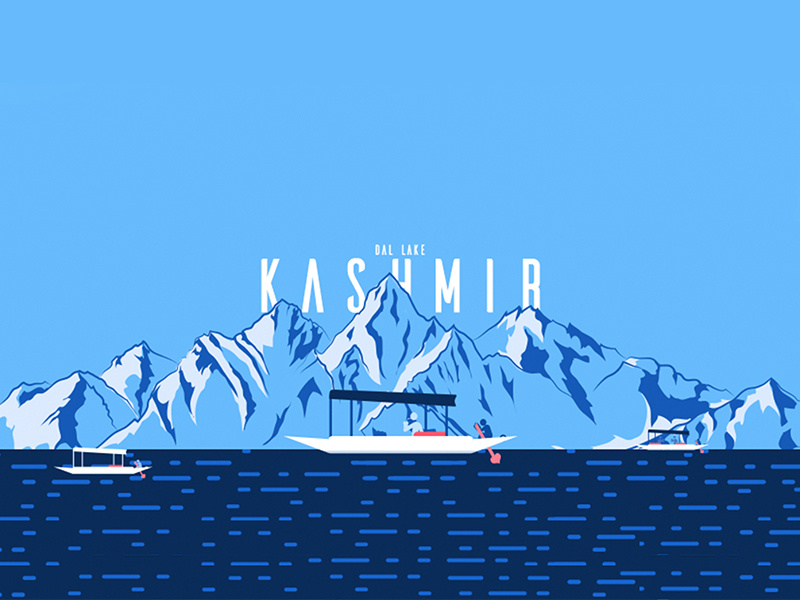 Discover Jammu and Kashmir - Culture, Food, Attractions and Key Facts
Discover Jammu and Kashmir - Culture, Food, Attractions and Key FactsCapital - Srinagar (Summer) and Jammu (Winter)
No. of Districts - 20
Population - 12,267,032
Area - 42,241 sqkm
Pop. Density - 297/km2 (770/sq mi)
GDP - 1.38 lakh crore (US$19 billion)
Literacy Rate - 67.2%
Gender Ratio - 890
Official Website - https://www.jk.gov.in/jammukashmir/
Jammu and Kashmir is a region in the northern part of India, bordered by the countries of Pakistan, China, and the Indian-administered region of Ladakh. Here are some key facts about Jammu and Kashmir:
Historical Context: Jammu and Kashmir has a rich history and has been the center of various cultures, religions, and empires throughout the centuries. It was a princely state ruled by Maharajas until 1947.
Article 370: Jammu and Kashmir enjoyed special autonomy under Article 370 of the Indian Constitution, which granted it significant political and administrative powers. However, in August 2019, the Indian government revoked Article 370, thereby removing the special status of the region.
Partition and Conflict: Jammu and Kashmir has been a contentious region since the partition of British India in 1947, leading to conflict between India and Pakistan. Both countries claim the entire region but control only parts of it. The Line of Control (LoC) separates the areas administered by India and Pakistan.
Territorial Divisions: Jammu and Kashmir is divided into three regions: Jammu, the Kashmir Valley, and Ladakh. Each region has its own distinct cultural, geographical, and socio-political characteristics.
Demographics: The region has a diverse population comprising various ethnicities, religions, and linguistic groups. The major communities include Kashmiri Muslims, Dogras, Ladakhi Buddhists, and Kashmiri Pandits, among others.
Tourism: Jammu and Kashmir is renowned for its breathtaking natural beauty, including the snow-capped Himalayan mountains, picturesque valleys, and serene lakes. Tourism plays a significant role in the economy of the region.
Economy: The economy of Jammu and Kashmir is predominantly agrarian, with agriculture, horticulture, and handicrafts being the mainstays. However, the region has untapped potential in sectors such as tourism, hydroelectricity, and information technology.
Security Concerns: The region has experienced decades of insurgency and militancy, particularly in the Kashmir Valley. The presence of armed groups, cross-border infiltration, and periodic tensions between India and Pakistan have contributed to the security challenges.
Political Dynamics: After the revocation of Article 370, Jammu and Kashmir was reorganized into two separate union territories: Jammu and Kashmir, and Ladakh. This move significantly altered the political landscape of the region.
International Implications: The dispute over Jammu and Kashmir has been a longstanding issue between India and Pakistan, with both countries having fought wars over the region. The unresolved conflict has broader implications for regional stability and security in South Asia.